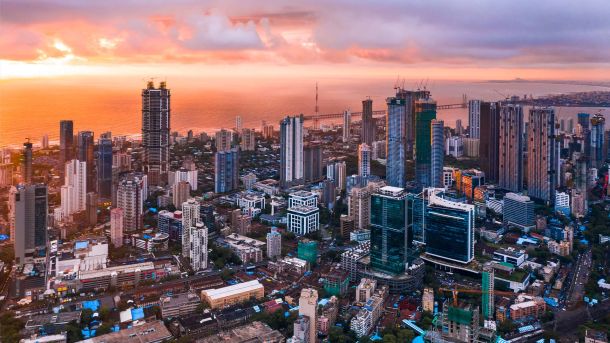
Inflation in South Africa rose slightly from 2.9% in November to 3.0% in December, marking a 0.1% increase in monthly inflation. This rise was primarily driven by:
- Housing and Utilities: Up 4.4%, contributing 1.0 percentage points
- Miscellaneous Goods and Services: Up 6.6%, adding 1.0 percentage points
- Food and Non-Alcoholic Beverages: Up 2.5%, contributing 0.5 percentage points
- Alcoholic Beverages and Tobacco: Up 4.3%, adding 0.3 percentage points
While these categories continue to experience price increases, the growth rate remains relatively slow. Rising costs are straining household budgets and eroding consumers’ purchasing power, which is reflected in trade statistics released by SARS. Many households are still turning to short-term credit to sustain their lifestyles, increasing their vulnerability to interest rates and rising product prices—albeit at a slower pace.
It’s important to note that these price increases are mainly driven by external factors rather than domestic demand. Issues such as electricity supply challenges, costs associated with alternative power generation, and rising import prices that are still affecting consumers. Additionally, the recent depreciation of the rand following Donald Trump’s re-election may also impact its value in the coming months, especially during the first hundred days of the new U.S. administration.
On a positive note, the Monetary Policy Committee (MPC) lowered the interest rate by 25 basis points in November, slightly less than the 50 basis points economists had anticipated. Another reduction of 25 basis points is expected during the January MPC meeting. These potential rate cuts could alleviate financial pressure on consumers and stimulate demand in the medium term.
With moderating inflation, sluggish economic growth for Q3 and Q4 of 2024, improved and stable electricity supply, and sustained positive market sentiment, the South African Reserve Bank (SARB) is likely to consider further interest rate reductions in early 2025 and beyond if inflation expectations hold steady in the first half of the year.





